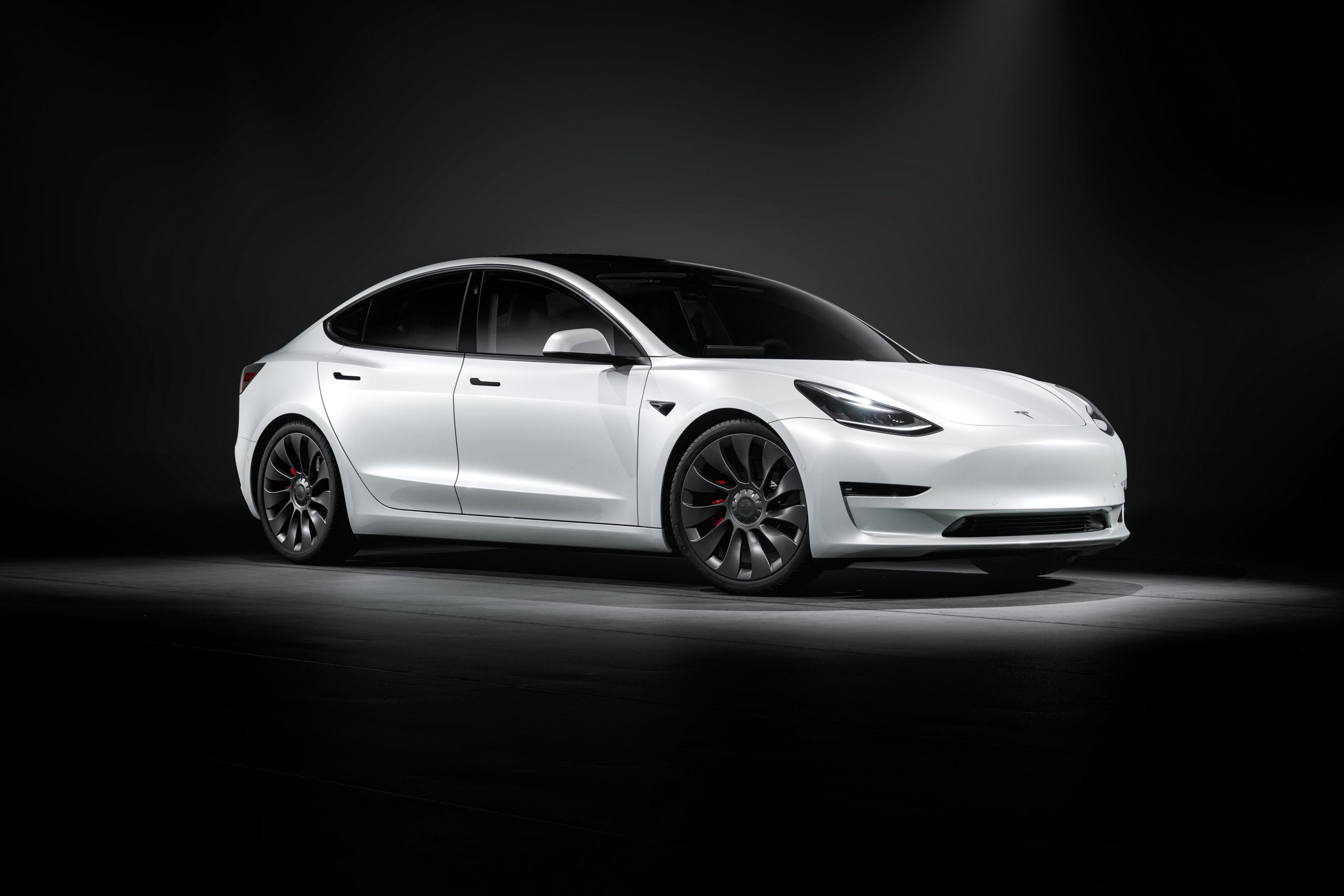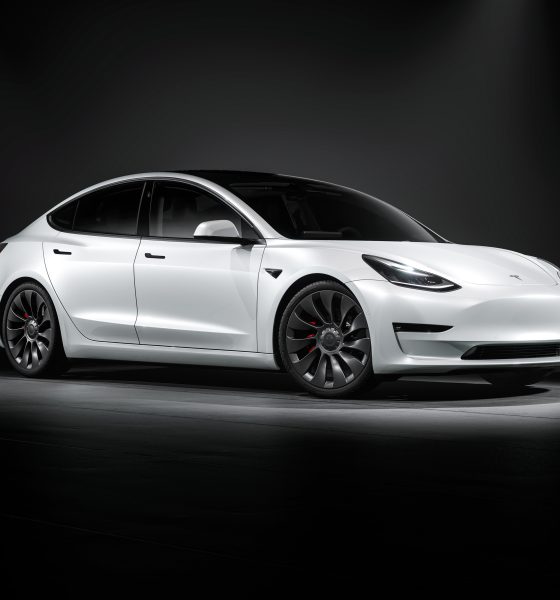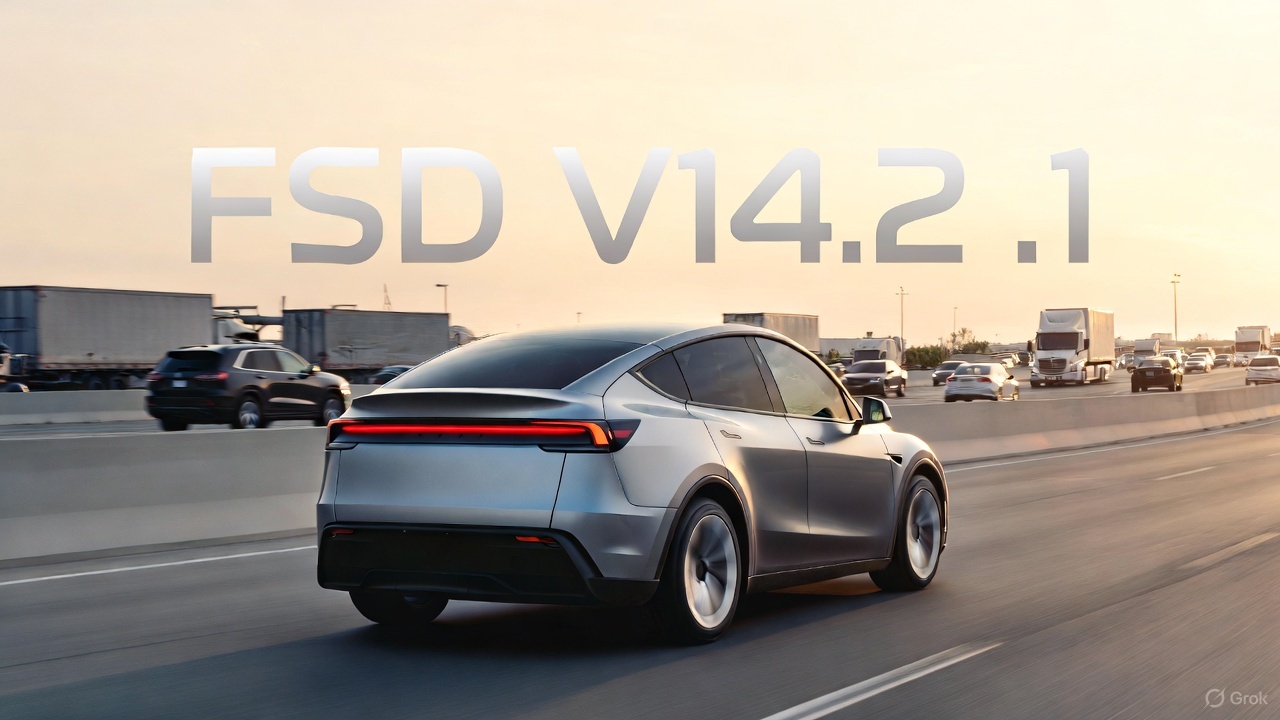

News
‘Average Americans’ can’t afford EVs: Former White House official, others rip Buttigieg
The all-too-common myth that electric vehicles are not affordable to the average American is now being reignited by former Trump White House Communications Official Mercedes Schlapp, among others, who ripped Transportation Secretary Pete Buttigieg for suggesting that the answer to rising gas prices was to buy an electric car.
Sec. Buttigieg appeared on MSNBC on Sunday to suggest that American consumers can avoid soaring gas prices by purchasing an electric vehicle. Buttigieg said to Jonathan Capehart in an interview on “The Sunday Show” that EV owners will have a “$12,500 discount” thanks to the new EV incentive plan that was included in the House-passed “Build Back Better” plan from President Joe Biden. While only the Chevrolet Bolt EV will qualify for the full $12,500 amount, nearly every EV built in the United States will qualify for a $7,500 tax credit.
Buttigieg also went on to say that those in rural areas would be most likely to benefit from the purchase of an EV. “The people who stand to benefit most from owning an EV are often rural residents who have the most distances to drive, who burn the most gas, and underserved urban residents in areas where there are higher gas prices and lower-income,” Buttigieg claimed. “They would gain the most by having that vehicle. These are the very residents who have not always been connected to electric vehicles that are viewed as kind of a luxury item.”
Transportation Sec. Buttigieg: Buy an EV and ‘never worry about gas prices again’
However, not everyone was a fan of Buttigieg’s suggestion to transition to EVs. Former White House Director of Strategic Communications Mercedes Schlapp said that EVs are not widely affordable, and only people “in the world that Pete Buttigieg lives in” can afford them. “Average Americans struggling with record-high gas prices? Not so much,” she added.
“Let me assure you there is very little overlap between ‘families that can afford to buy a $50,000 electric car,” Amy Swearer of the Heritage Foundation said. “And ‘families that are worried about gas prices because an extra $50 a month is actually a week’s worth of groceries.’ Do you know what a lot of families could do with that extra $50 a month/$1300 a year?” Swearer added according to the New York Post.
Kelley Blue Book lists the average transaction price in October 2021 for a new vehicle at $46,036, with Tesla offering an average price of $54,560. It should be noted that Tesla has two Model 3 variants under the average $54,560 price. The Model Y’s Long Range variant is available for slightly more at $58,990. However, these prices are before factoring in federal incentives, gas savings, and money saved through lack of maintenance. If the minimum $7,500 EV tax credit were available right now, all but one of Tesla’s five mass-market vehicle variants would fall under the average cost of a Tesla vehicle. The Model 3’s Rear Wheel Drive and Long Range All-Wheel Drive configurations would cost less than the national average for a new car. Tesla vehicles would qualify for $8,000 in incentives: $7,500 for being built in the U.S. and an additional $500 for equipping a U.S.-made battery.
Now, if we factor in other vehicles in the United States, the Chevrolet Bolt, which has had production suspended until 2022 due to battery malfunctions, has several sub-$30,000 variants available. Ford’s Mustang Mach-E starts at $42,895 and can go as low as $35,395 after incentives. Three of Ford’s four Mach-E variants would fall under KBB’s $46,036 average price after incentives.
Unfortunately, politicians with widespread media coverage are able to spread misinformation regarding the price of electric vehicles. Many EVs are available on the market today are actually extremely affordable. Even if the price of an EV is slightly higher than a gas car, owners can expect savings through missed trips to the gas pump and a lack of oil changes. But, after all, we’ve learned that the White House, at nearly any time and under nearly any administration, has missed the mark regarding EVs, and it has not been uncommon for politicians to spread information that is not necessarily accurate.
I’d love to hear from you! If you have any comments, concerns, or questions, please email me at joey@teslarati.com. You can also reach me on Twitter @KlenderJoey, or if you have news tips, you can email us at tips@teslarati.com.

News
Tesla FSD V14.2.1 is earning rave reviews from users in diverse conditions
Tesla’s Full Self-Driving (Supervised) software continues its rapid evolution, with the latest V14.2.1 update drawing widespread praise.

Tesla’s Full Self-Driving (Supervised) software continues its rapid evolution, with the latest V14.2.1 update drawing widespread praise for its smoother performance and smarter decision-making.
Videos and firsthand accounts from Tesla owners highlight V14.2.1 as an update that improves navigation responsiveness, sign recognition, and overall fluidity, among other things. Some drivers have even described it as “more alive than ever,” hinting at the system eventually feeling “sentient,” as Elon Musk has predicted.
FSD V14.2.1 first impressions
Early adopters are buzzing about how V14.2.1 feels less intrusive while staying vigilant. In a post shared on X, Tesla owner @LactoseLunatic described the update as a “huge leap forward,” adding that the system remains “incredibly assertive but still safe.”
Another Tesla driver, Devin Olsenn, who logged ~600 km on V14.2.1, reported no safety disengagements, with the car feeling “more alive than ever.” The Tesla owner noted that his wife now defaults to using FSD V14, as the system is already very smooth and refined.
Adverse weather and regulatory zones are testing grounds where V14.2.1 shines, at least according to testers in snow areas. Tesla watcher Sawyer Merritt shared a video of his first snowy drive on unplowed rural roads in New Hampshire, where FSD did great and erred on the side of caution. As per Merritt, FSD V14.2.1 was “extra cautious” but it performed well overall.
Sign recognition and freeway prowess
Sign recognition also seemed to show improvements with FSD V14.2.1. Longtime FSD tester Chuck Cook highlighted a clip from his upcoming first-impressions video, showcasing improved school zone behavior. “I think it read the signs better,” he observed, though in standard mode, it didn’t fully drop to 15 mph within the short timeframe. This nuance points to V14.2.1’s growing awareness of temporal rules, a step toward fewer false positives in dynamic environments.
FSD V14.2.1 also seems to excel in high-stress highway scenarios. Fellow FSD tester @BLKMDL3 posted a video of FSD V14.2.1 managing a multi-lane freeway closure due to a police chase-related accident. “Perfectly handles all lanes of the freeway merging into one,” the Tesla owner noted in his post on X.
FSD V14.2.1 was released on Thanksgiving, much to the pleasant surprise of Tesla owners. The update’s release notes are almost identical to the system’s previous iteration, save for one line item read, “Camera visibility can lead to increased attention monitoring sensitivity.”
News
Tesla FSD Supervised ride-alongs in Europe begin in Italy, France, and Germany
The program allows the public to hop in as a non-driving observer to witness FSD navigate urban streets firsthand.

Tesla has kicked off passenger ride-alongs for Full Self-Driving (Supervised) in Italy, France and Germany. The program allows the public to hop in as a non-driving observer to witness FSD navigate urban streets firsthand.
The program, detailed on Tesla’s event pages, arrives ahead of a potential early 2026 Dutch regulatory approval that could unlock a potential EU-wide rollout for FSD.
Hands-Off Demos
Tesla’s ride-along invites participants to “ride along in the passenger seat to experience how it handles real-world traffic & the most stressful parts of daily driving, making the roads safer for all,” as per the company’s announcement on X through its official Tesla Europe & Middle East account.
Sign-ups via localized pages offer free slots through December, with Tesla teams piloting vehicles through city streets, roundabouts and highways.
“Be one of the first to experience Full Self-Driving (Supervised) from the passenger seat. Our team will take you along as a passenger and show you how Full Self-Driving (Supervised) works under real-world road conditions,” Tesla wrote. “Discover how it reacts to live traffic and masters the most stressful parts of driving to make the roads safer for you and others. Come join us to learn how we are moving closer to a fully autonomous future.”
Building trust towards an FSD Unsupervised rollout
Tesla’s FSD (Supervised) ride-alongs could be an effective tool to build trust and get regular car buyers and commuters used to the idea of vehicles driving themselves. By seating riders shotgun, Tesla could provide participants with a front row seat to the bleeding edge of consumer-grade driverless systems.
FSD (Supervised) has already been rolled out to several countries, such as the United States, Canada, Australia, New Zealand, and partially in China. So far, FSD (Supervised) has been received positively by drivers, as it really makes driving tasks and long trips significantly easier and more pleasant.
FSD is a key safety feature as well, which became all too evident when a Tesla driving on FSD was hit by what seemed to be a meteorite in Australia. The vehicle moved safely despite the impact, though the same would likely not be true had the car been driven manually.
News
Swedish union rep pissed that Tesla is working around a postal blockade they started
Tesla Sweden is now using dozens of private residences as a way to obtain license plates for its vehicles.

Two years into their postal blockade, Swedish unions are outraged that Tesla is still able to provide its customers’ vehicles with valid plates through various clever workarounds.
Seko chairman Gabriella Lavecchia called it “embarrassing” that the world’s largest EV maker, owned by CEO Elon Musk, refuses to simply roll over and accept the unions’ demands.
Unions shocked Tesla won’t just roll over and surrender
The postal unions’ blockade began in November 2023 when Seko and IF Metall-linked unions stopped all mail to Tesla sites to force a collective agreement. License plates for Tesla vehicles instantly became the perfect pressure point, as noted in a Dagens Arbete report.
Tesla responded by implementing initiatives to work around the blockades. A recent investigation from Arbetet revealed that Tesla Sweden is now using dozens of private residences, including one employee’s parents’ house in Trångsund and a customer-relations staffer’s home in Vårby, as a way to obtain license plates for its vehicles.
Seko chairman Gabriella Lavecchia is not pleased that Tesla Sweden is working around the unions’ efforts yet again. “It is embarrassing that one of the world’s largest car companies, owned by one of the world’s richest people, has sunk this low,” she told the outlet. “Unfortunately, it is completely frivolous that such a large company conducts business in this way.”
Two years on and plates are still being received
The Swedish Transport Agency has confirmed Tesla is still using several different workarounds to overcome the unions’ blockades.
As noted by DA, Tesla Sweden previously used different addresses to receive its license plates. At one point, the electric vehicle maker used addresses for car care shops. Tesla Sweden reportedly used this strategy in Östermalm in Stockholm, as well as in Norrköping and Gothenburg.
Another strategy that Tesla Sweden reportedly implemented involved replacement plates being ordered by private individuals when vehicles change hands from Tesla to car buyers. There have also been cases where the police have reportedly issued temporary plates to Tesla vehicles.









